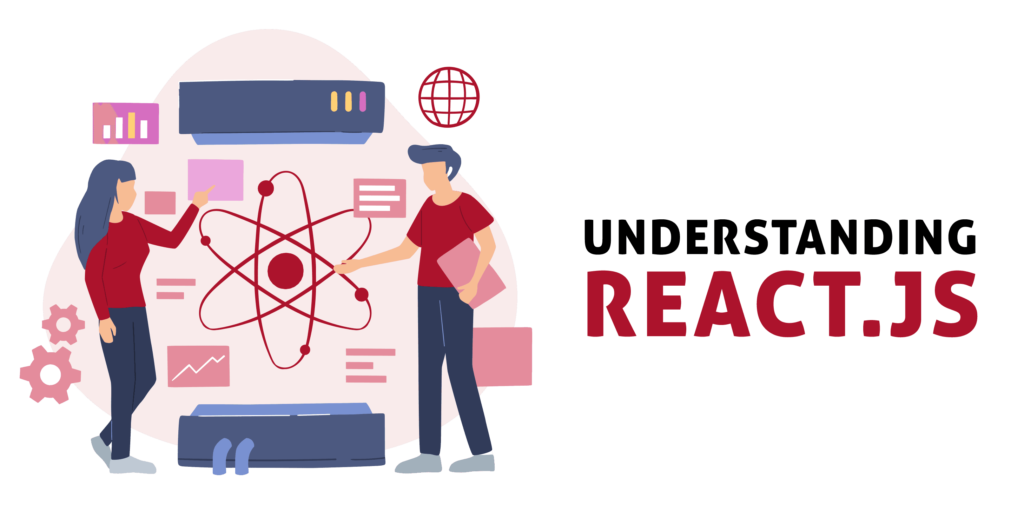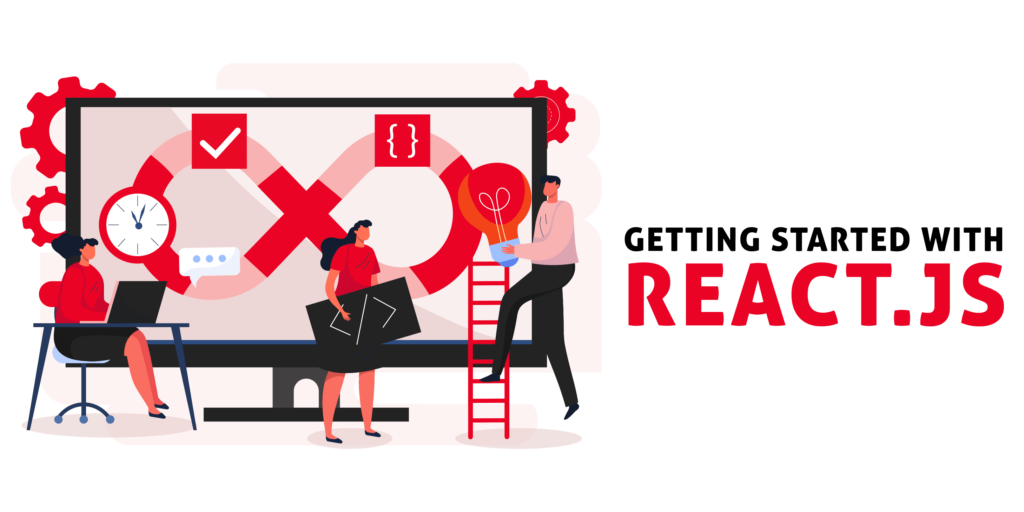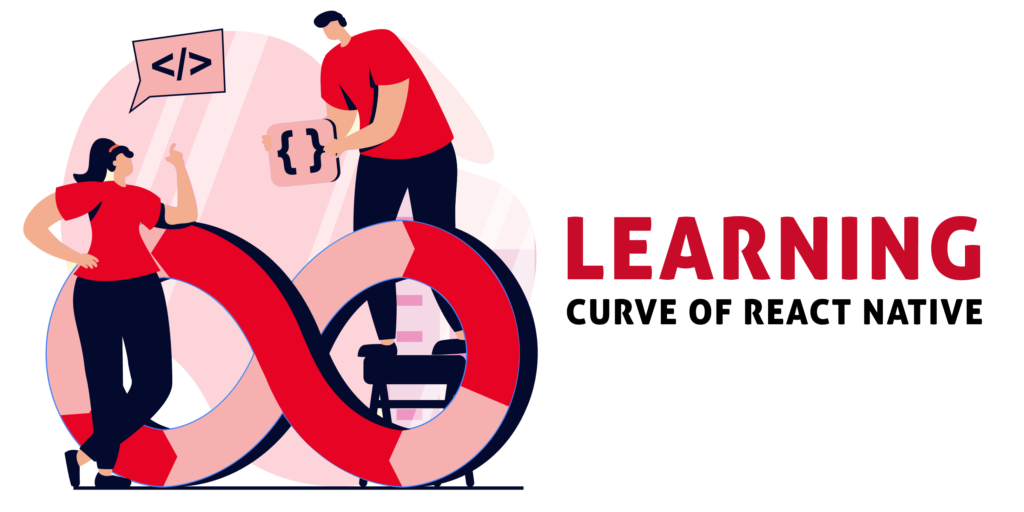Learning Curve: React.js vs. React Native
4 mins to read
admin


4 mins to read
admin

In today’s rapidly evolving tech landscape, JavaScript frameworks have gained immense popularity. React.js and React Native are two powerful frameworks developed by Facebook for building user interfaces.
While they share some similarities, they are designed for different platforms and have distinct learning curves. This article will compare the learning curves of React.js and React Native, helping you understand their differences and choose the right framework for your project.

React.js, commonly referred to as React, is an open-source JavaScript library used for building interactive user interfaces. It provides a component-based architecture that allows developers to create reusable UI components. React.js follows a declarative approach, where you describe how your UI should look based on the application’s current state.

To start using React.js, you need to set up a development environment. Begin by installing Node.js, a JavaScript runtime, on your system. Then, use the Node Package Manager (NPM) to install create-react-app, a tool for creating React.js projects. Once installed, you can create a new React.js project using the command-line interface.
React.js revolves around components, which are self-contained building blocks of a UI. These components can be reusable and independent. React.js leverages JSX, a syntax extension for JavaScript, to enable the mixing of HTML-like syntax within JavaScript code. Understanding the component lifecycle and state management is crucial for developing robust React.js applications.

React Native is a framework based on React.js that allows developers to build mobile applications for iOS and Android platforms using JavaScript. It provides a bridge between JavaScript and native components, enabling the creation of truly native user interfaces. React Native leverages a single codebase, allowing developers to write once and deploy on multiple platforms.

Both React.js and React Native share the same core concepts of React, such as components, JSX syntax, and the virtual DOM. This similarity allows developers to leverage their React.js knowledge when transitioning to React Native.
While React.js and React Native have similarities, they also have significant differences. React.js focuses on building web applications, whereas React Native is designed for mobile app development. React Native relies on native components and APIs for rendering UI, whereas React.js uses the virtual DOM to render UI components.
To learn React.js, you can explore various online resources. Some recommended resources include:

To get started with React Native, consider the following resources:
React.js and React Native are powerful frameworks for building user interfaces. React.js is ideal for web applications, while React Native is suitable for mobile app development.
Understanding the differences in their learning curves is crucial for selecting the right framework. Whether you choose React.js or React Native, investing time in learning these frameworks will empower you to create stunning and interactive user interfaces
Tags
